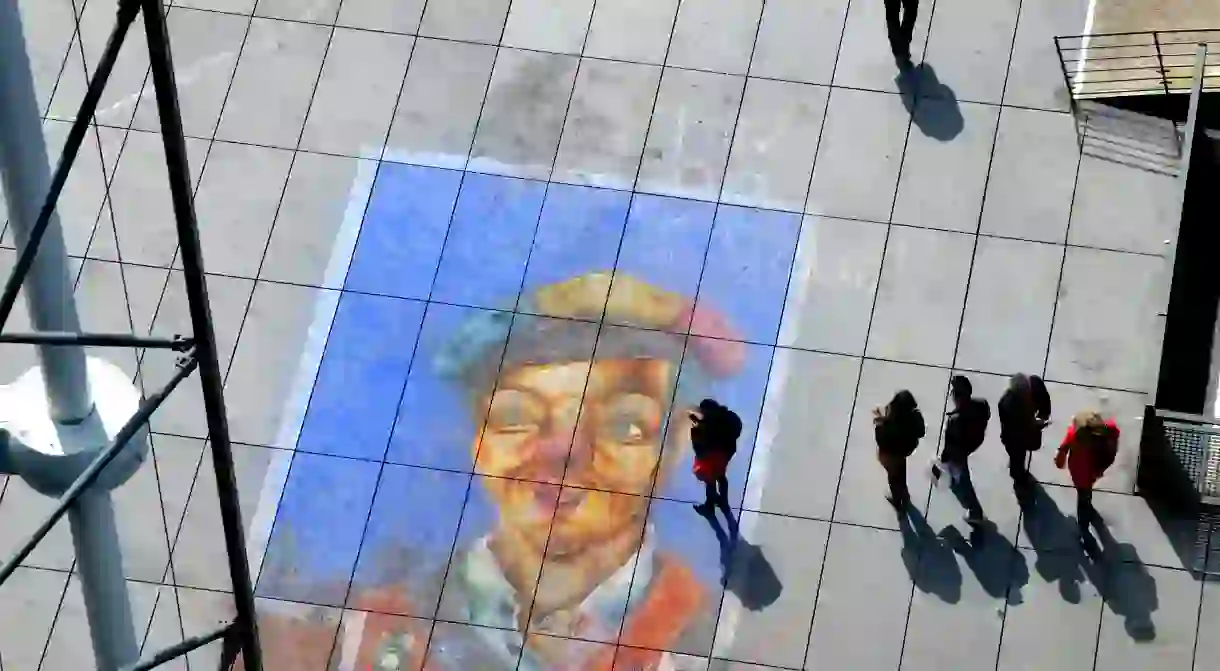Guide to the Best Museums in Paris

Paris is a city of museums. Renowned for her cultural contributions to the world, the city hosts hundreds of them, from the world-class artifacts of the Louvre to the priceless artworks of the Musée d’Orsay.
Musée du Louvre
Museum

Musée d’Orsay
Museum, Train Station

Centre Pompidou
Art Gallery, Library, Museum

Musée de l’Orangerie
Art Gallery, Building, Museum

Palais de Tokyo
Building, Museum, Art Gallery

Musée du Quai Branly – Jacques Chirac
Building, Museum

Musée de Cluny
Building, Museum

Musée Picasso
Museum, Art Gallery

Fondation Cartier Pour l’Art Contemporain
Building, Museum

La Cité de l’Architecture et du Patrimoine
Museum
Covering over 1,000 years of French history, La Cité de l’Architecture et du Patrimoine (the French Monuments Museum) sounds quite narrow in scope, but by getting to know the sites their collective conscious holds as significant, visitors can learn a lot about the French. The collection is divided into two sections: from the Middle Ages until the 19th century, and then from the Industrial Revolution to the present day. It also has a cafe on-site, home to one of the best views in Paris overlooking the Eiffel Tower. Come for the history, stay for coffee with a picture-perfect view.
Chloé Braithwaite contributed additional reporting to this article.













